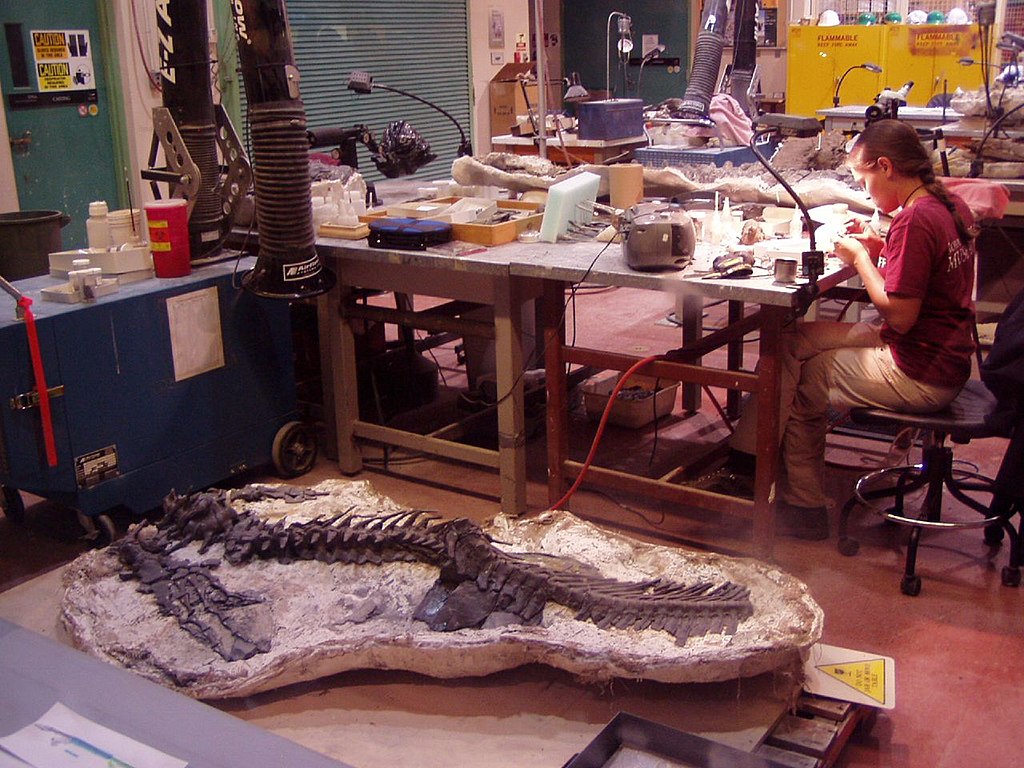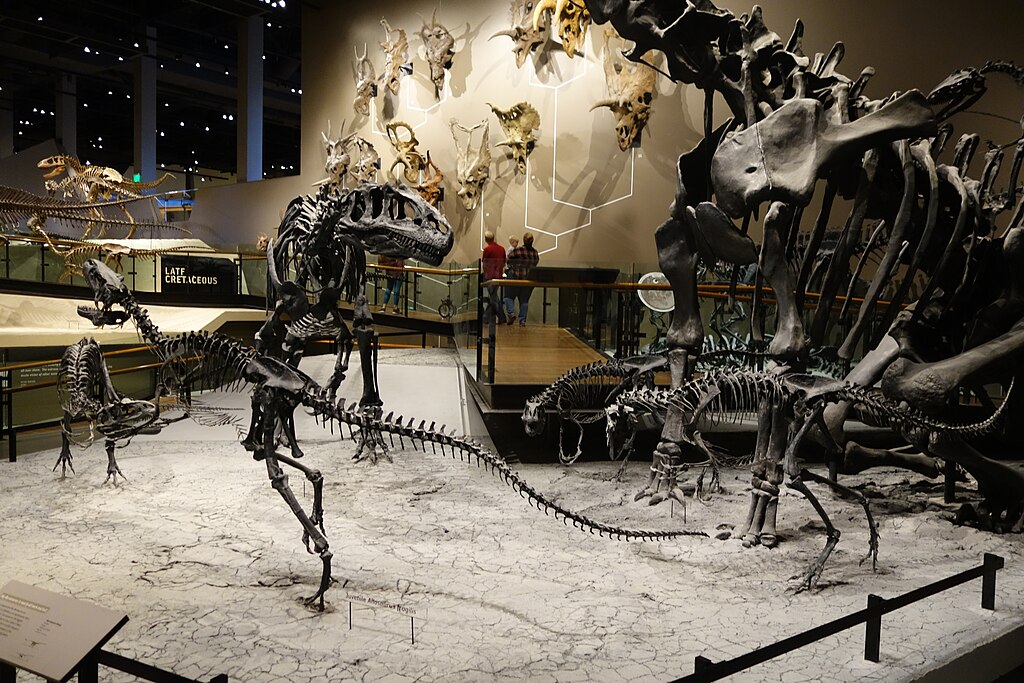The fascinating world of paleontology gives us glimpses into Earth’s ancient past, bringing long-extinct creatures back to life through careful scientific reconstruction. Yet despite advances in technology and methodology, fossil reconstructions frequently contain errors that can fundamentally change our understanding of prehistoric life. These mistakes aren’t just historical footnotes—they continue to happen today, shaping both scientific understanding and public perception of ancient organisms. From missing data to institutional pressure, the challenges of accurately rebuilding creatures from fragmentary remains persist across the field. This article explores the common pitfalls in fossil reconstruction, notable examples throughout history, and why—even with cutting-edge technology—we still sometimes get it wrong.
The Fragment Problem: Working with Incomplete Puzzles

The most fundamental challenge in paleontological reconstruction stems from the inherently incomplete nature of the fossil record. Paleontologists rarely discover complete skeletons; instead, they typically work with fragments representing just a fraction of an organism’s full anatomy. This forces scientists to make educated guesses about missing components based on related species or evolutionary patterns. For example, the famous Tyrannosaurus rex specimen “Sue” was only about 85% complete when discovered—considered extraordinarily well-preserved by fossil standards. When reconstructing less complete specimens, scientists must extrapolate from limited evidence, increasing the likelihood of error. This “fragment problem” becomes especially pronounced with soft tissues that rarely fossilize, leading to uncertainties about external appearances, coloration, and flesh distribution that significantly impact reconstructions.
Historical Biases: How Contemporary Thinking Shapes Ancient Life
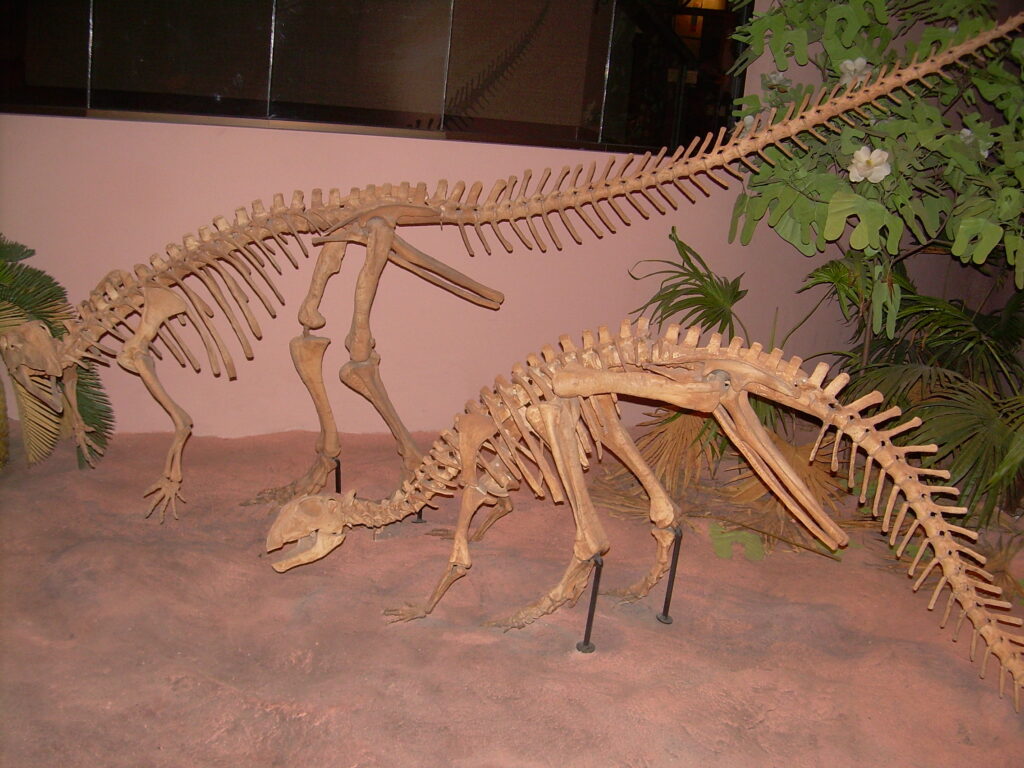
Scientific reconstructions inevitably reflect the era in which they’re created, with contemporary biases subtly influencing how we envision prehistoric creatures. Early dinosaur reconstructions from the Victorian era portrayed these animals as lumbering, reptilian creatures—a vision that aligned with 19th-century understanding of reptiles as evolutionary “failures” compared to mammals. This perspective resulted in the famously inaccurate sluggish, tail-dragging dinosaur depictions that persisted for decades. Similarly, early hominid reconstructions often reflected racist colonial attitudes, with non-European ancient humans depicted as more bestial than evidence warranted. Modern reconstructions aren’t immune to contemporary biases either, with some paleontologists suggesting today’s emphasis on dinosaurs as active, warm-blooded creatures might partly reflect our current cultural values around fitness and dynamism. These biases don’t necessarily invalidate reconstructions, but they remind us that science doesn’t occur in a cultural vacuum.
The Artistic Element: When Imagination Fills Scientific Gaps
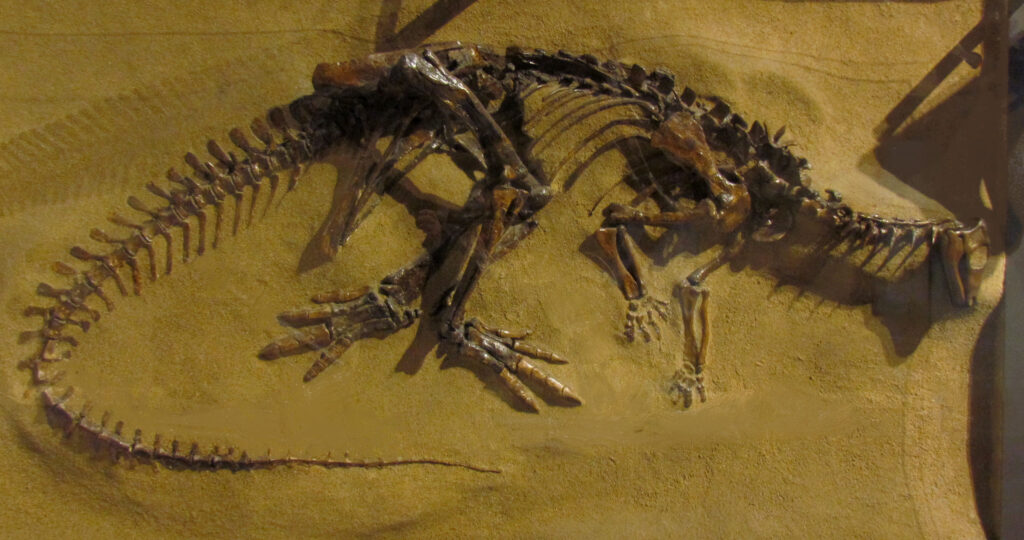
Fossil reconstruction inherently blends science with artistry, especially when creating visual representations for museums or publications. This artistic element introduces another potential source of error as illustrators and model-makers must make countless decisions about features not preserved in fossils. The specific texture of skin, distribution of fat deposits, external coloration, and behavioral postures all require artistic interpretation even when following scientific guidance. Famous paleoartist Gregory S. Paul revolutionized dinosaur illustration in the 1980s with more dynamic, active poses that influenced scientific thinking—showing how art can actually shape scientific perspective rather than merely reflecting it. The relationship between paleontologists and artists is complex; while scientists provide the anatomical framework, artists bring extinct creatures to life through details that sometimes lack direct evidence. This necessary artistic license creates visually compelling reconstructions that engage the public but may incorporate speculative elements that later prove incorrect.
Famous Misrepresentations: Brontosaurus, Iguanodon, and Other Notable Errors
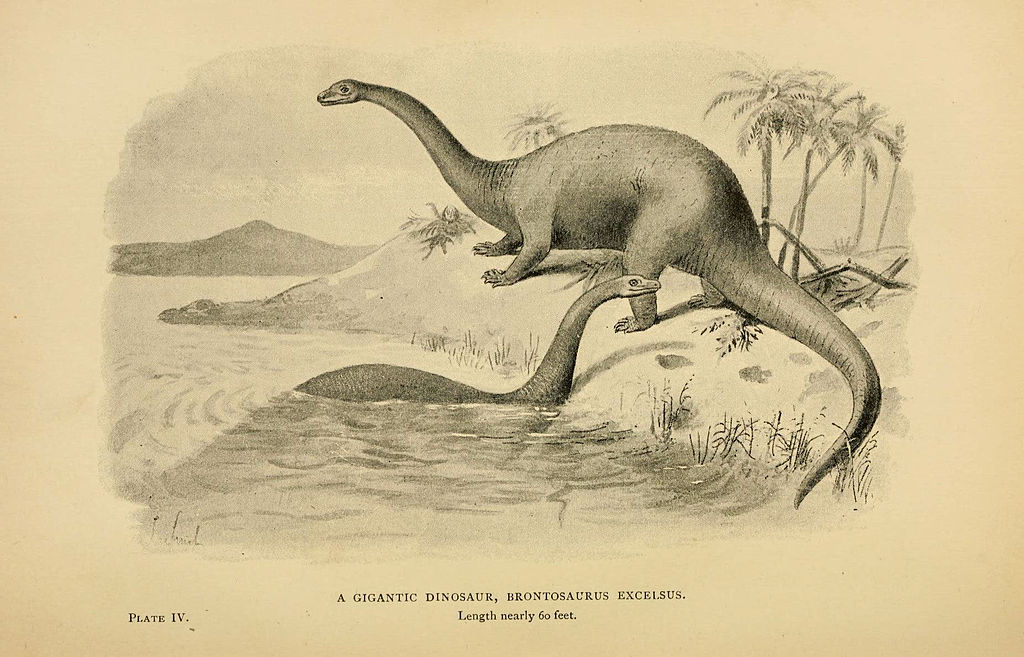
The history of paleontology is filled with famous reconstruction errors that persisted in both scientific literature and public imagination. Perhaps the most notable case involved Brontosaurus, whose skull was missing when first discovered in 1879. Paleontologist Othniel Charles Marsh mounted a skull from a different sauropod species, creating a chimeric creature that existed in museums and textbooks for nearly a century before the error was widely acknowledged. Similarly, the thumb spike of Iguanodon was initially placed on its nose by Victorian scientists, creating a rhinoceros-like appearance that persisted in reconstructions until more complete specimens clarified its true position. The traditional swan-like posture attributed to long-necked dinosaurs represented another persistent error, with modern biomechanical analysis revealing most sauropods likely held their necks more horizontally. These high-profile mistakes demonstrate how initial reconstruction errors can become entrenched in scientific and popular understanding, requiring substantial evidence and time to correct.
The Media Effect: How Popular Culture Perpetuates Outdated Reconstructions

Popular media significantly influences public perception of prehistoric life, often perpetuating outdated or inaccurate reconstructions long after science has moved on. The velociraptors depicted in “Jurassic Park” represent one of the most famous examples—portrayed as human-sized, scaly hunters despite scientific evidence (available even when the film was made) indicating they were turkey-sized and likely feathered. Once established in popular culture, these misconceptions prove remarkably persistent. Museums and educational institutions frequently report visitors expressing disappointment when accurate reconstructions don’t match the familiar but incorrect versions from films and television. This media effect creates a parallel understanding of prehistoric life that can overshadow scientific consensus. The popularity of these dramatic but inaccurate depictions also creates commercial incentives for museums and publishers to maintain outdated reconstructions that meet public expectations, further entrenching scientific errors in the collective imagination.
Taxonomic Reshuffling: When Species Get Reclassified

Taxonomic revisions represent another major source of reconstruction errors, as scientists periodically reclassify fossil species based on new evidence or analytical methods. These reclassifications can fundamentally change how we understand and reconstruct ancient organisms. The aforementioned Brontosaurus provides a fascinating example of taxonomic complexity—after being demoted to a species of Apatosaurus for most of the 20th century, it was reinstated as a valid genus in 2015 following detailed comparative analysis. Similarly, Triceratops specimens once thought to represent different species based on skull variations were later recognized as representing different growth stages of the same species. When reconstructions combine elements from what are later determined to be different species, the resulting composite creatures never actually existed. These taxonomic reshufflings highlight the provisional nature of paleontological knowledge and illustrate how reconstruction accuracy depends on correct species identification—a challenging task with fragmentary remains from organisms that lived millions of years ago.
Soft Tissue Speculation: The Challenge of Fleshing Out Skeletons
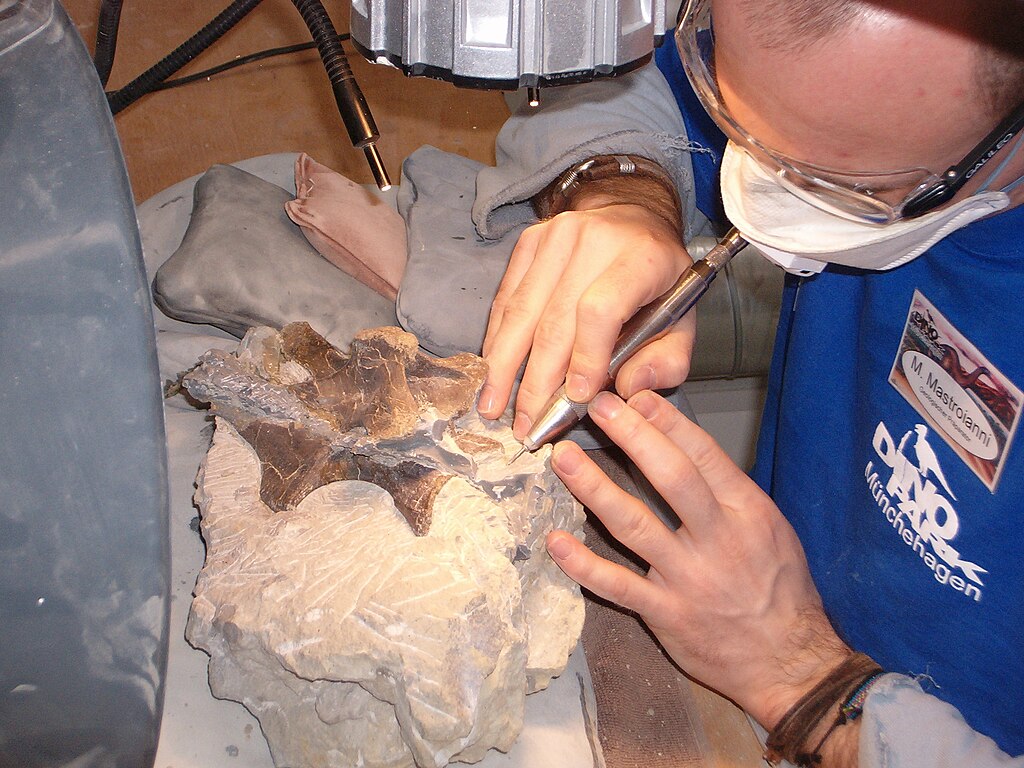
Perhaps the most speculative aspect of fossil reconstruction involves soft tissues that rarely preserve in the fossil record. Muscles, fat deposits, cartilage, skin, feathers, and other external coverings must typically be inferred rather than observed directly. This speculation creates significant room for error when rebuilding an organism’s appearance. Modern approaches use anatomical correlates—physical markers on bones that indicate muscle attachments—and comparisons with living relatives to guide soft tissue reconstruction. However, this approach assumes that extinct animals used their anatomical features similarly to modern ones, which isn’t always true. The traditional reconstruction of dinosaur facial features offers a telling example: for decades, dinosaurs were depicted with lizard-like, tightly-wrapped skin revealing the underlying skull shape. More recent evidence suggests many dinosaurs likely had substantial soft tissues covering their skulls, potentially making them appear less reptilian and more bird-like in life. Without preserved soft tissues, even the most careful reconstructions contain speculative elements that may significantly influence how we visualize extinct creatures.
Technological Limitations: How Methods Shape Interpretations
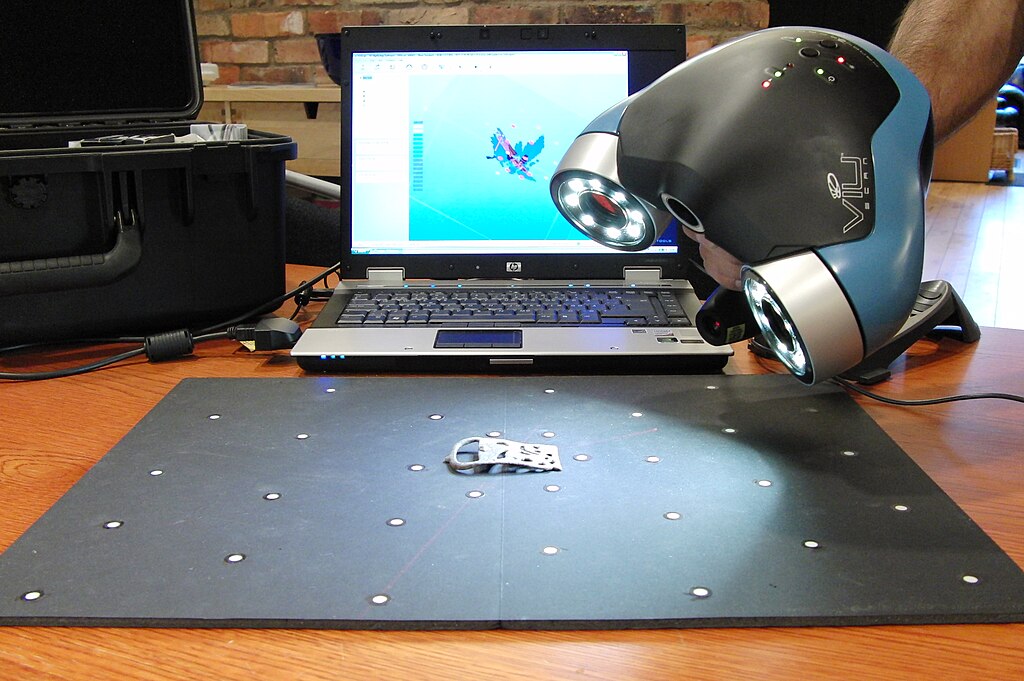
The technological tools available to paleontologists directly influence reconstruction accuracy, with limitations in methodology potentially leading to significant errors. Early fossil reconstructions relied heavily on physical examination and comparative anatomy, limiting the precision of measurements and interpretations. The development of X-ray technology in the early 20th century revolutionized the field by allowing scientists to examine internal fossil structures without destructive sampling. More recently, CT scanning and 3D modeling have enabled unprecedented analysis of fossil morphology, revealing details previously impossible to observe. These technological advances have corrected numerous reconstruction errors, such as the traditional view of pterosaur wing membranes as bat-like structures; modern imaging techniques have shown they were complex, multi-layered tissues with unique biomechanical properties. However, even cutting-edge technology has limitations—CT scans can struggle with certain rock types, digital models incorporate inherent assumptions, and simulation software necessarily simplifies complex biological systems. Each technological advance corrects previous errors while introducing new potential for misinterpretation based on methodological constraints.
Confirmation Bias: Finding What We Expect to See
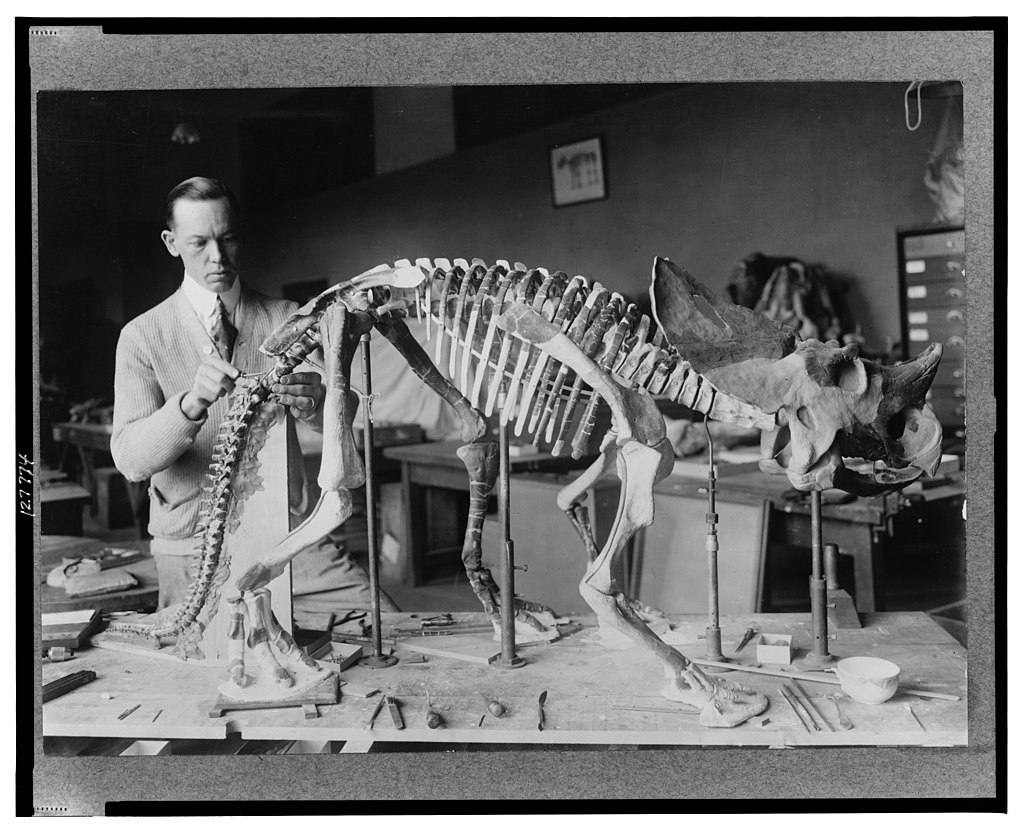
Confirmation bias—the tendency to interpret evidence in ways that confirm existing beliefs—represents a persistent challenge in fossil reconstruction. Scientists, like all humans, can unconsciously favor evidence that supports their existing hypotheses while discounting contradictory information. This cognitive bias has led to numerous reconstruction errors throughout paleontological history. The long-standing view of dinosaurs as cold-blooded, reptilian creatures persisted partly because evidence of their potentially warm-blooded metabolism didn’t fit the established paradigm and was therefore minimized or reinterpreted. Similarly, early reconstructions of Neanderthals emphasized their supposedly primitive, brutish nature despite skeletal evidence suggesting they weren’t significantly different from early Homo sapiens. More recently, some paleontologists have suggested that confirmation bias influences reconstructions of feathered dinosaurs, with researchers potentially overinterpreting ambiguous fossil impressions as evidence for feathers because they align with current evolutionary theories. Awareness of confirmation bias has grown within the scientific community, with peer review and methodological transparency helping minimize its impact, but it remains an inherent challenge in reconstructing organisms from fragmentary remains.
Institutional Pressures: Commercial and Academic Incentives

Institutional pressures can significantly influence fossil reconstructions, sometimes prioritizing factors beyond scientific accuracy. Museums face commercial pressures to create dramatic, crowd-pleasing displays that may sacrifice accuracy for visual impact or visitor expectations. The traditional upright “kangaroo pose” of Tyrannosaurus rex persisted in many museum displays long after biomechanical analysis suggested a more horizontal posture was likely correct, partly because the towering vertical pose created more impressive exhibits. Academic institutions face different pressures, with researchers incentivized to produce novel, publication-worthy findings that might lead to overinterpretation of limited evidence. The rush to publish new species based on fragmentary remains can lead to reconstruction errors when more complete specimens later reveal different anatomical configurations. Competition for limited research funding creates additional pressure to emphasize the significance or uniqueness of fossil finds, potentially leading to exaggerated claims about distinctive features that influence reconstructions. These institutional dynamics don’t necessarily reflect scientific dishonesty but rather the complex real-world contexts in which paleontological work occurs, with multiple competing priorities beyond pure scientific accuracy.
The Coloration Conundrum: Painting the Past Without Evidence
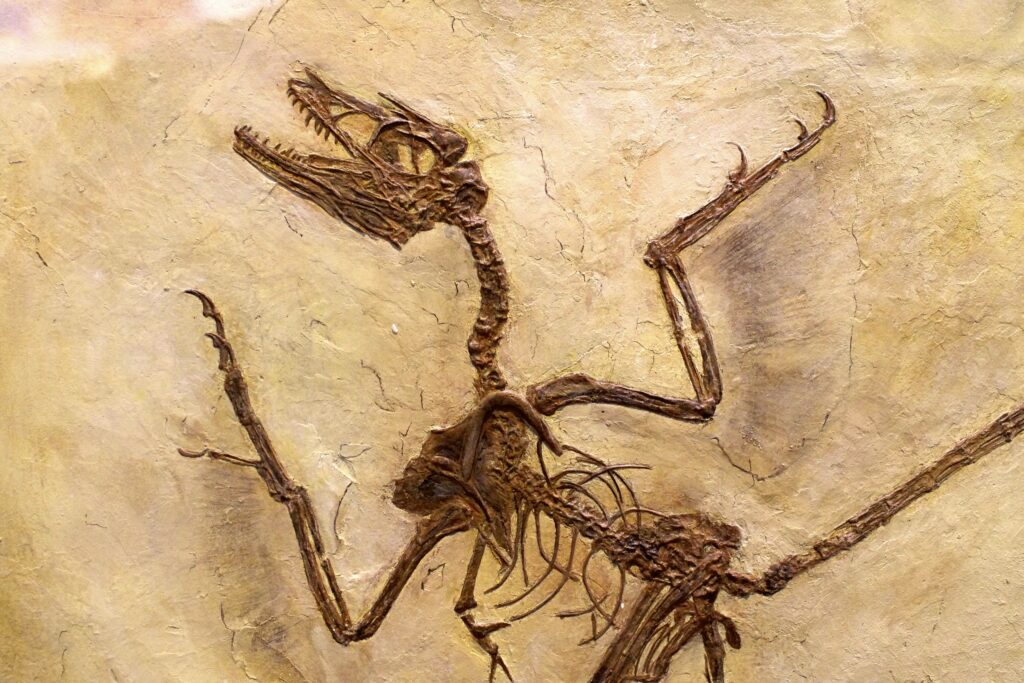
Determining the coloration of extinct organisms represents one of the most speculative aspects of fossil reconstruction, with errors almost inevitable given the limited preservation of color-producing structures. Traditional approaches relied entirely on artistic interpretation informed by ecological considerations and living relatives, leading to widely varying depictions of the same species. Dinosaurs have been variously depicted with drab, reptilian coloration or bright, bird-like patterns depending on the era and artist’s interpretation. Recent technological breakthroughs have begun addressing this challenge, with specialized microscopy techniques identifying melanosomes—cellular structures containing melanin pigments—in exceptionally preserved fossils. This has enabled the first evidence-based coloration reconstructions for some species, including the reddish-brown and white patterning of Sinosauropteryx and the iridescent black feathers of Microraptor. However, these techniques have significant limitations: they only work with extraordinarily well-preserved specimens, can only identify certain types of pigments, and cannot determine how colors were patterned across the entire body. For the vast majority of extinct species, coloration remains largely speculative and represents an area where reconstruction errors are not just possible but practically unavoidable given current technological limitations.
Future Directions: How New Methods Are Improving Accuracy
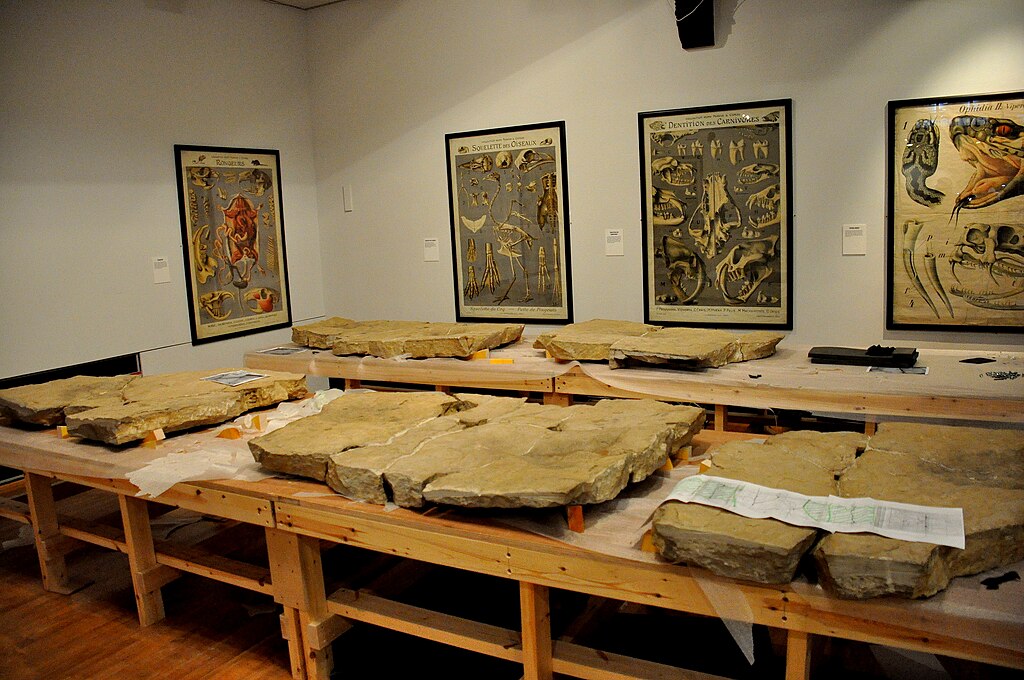
The future of fossil reconstruction looks increasingly accurate as paleontologists develop new methodologies specifically designed to address historical sources of error. Computational approaches including Finite Element Analysis now allow scientists to test the biomechanical feasibility of proposed reconstructions, eliminating physically impossible configurations that might otherwise persist in scientific literature. Machine learning algorithms are being developed to predict missing elements in partial fossils based on patterns observed across thousands of complete specimens, potentially reducing the subjectivity involved in reconstructing fragmentary remains. Advanced imaging techniques including synchrotron radiation and neutron tomography provide unprecedented internal detail of fossils, revealing structures previously invisible even to CT scans. Perhaps most promising is the integration of multiple lines of evidence—combining traditional comparative anatomy with molecular data, developmental biology, and ecological modeling to create more comprehensive reconstructions. These multidisciplinary approaches help compensate for the limitations of any single methodology. While perfect reconstruction accuracy remains unattainable given the fragmentary nature of the fossil record, these emerging techniques are systematically addressing known sources of error and creating increasingly reliable visions of prehistoric life.
Conclusion
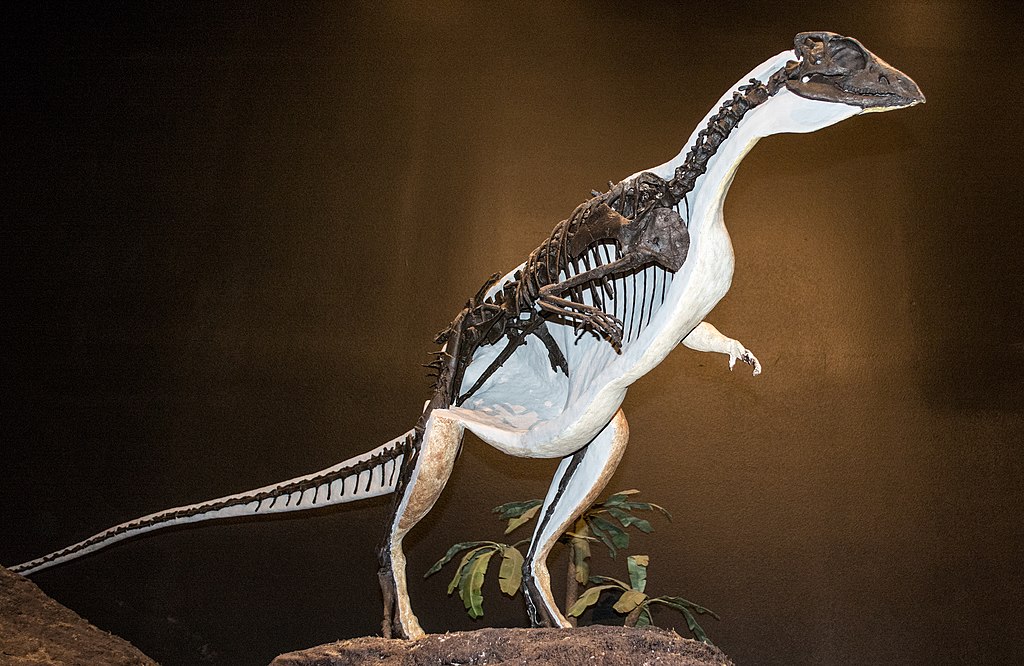
Fossil reconstruction will always involve a degree of uncertainty—the incompleteness of the fossil record guarantees that some aspects of ancient life remain perpetually beyond our knowledge. Yet understanding the common sources of reconstruction errors allows us to evaluate paleontological claims with appropriate skepticism while appreciating the remarkable achievements of the field. The history of fossil reconstruction isn’t simply a progression from error to accuracy, but rather an evolving conversation between evidence, interpretation, and cultural context. Each generation of paleontologists corrects previous mistakes while inevitably introducing new ones reflecting contemporary limitations and biases. This ongoing process of revision represents not a failure of the scientific method but its greatest strength—the willingness to reconsider established views in light of new evidence. As technology advances and methodologies improve, our window into Earth’s ancient past becomes clearer, even as we acknowledge it will never be perfectly transparent.

